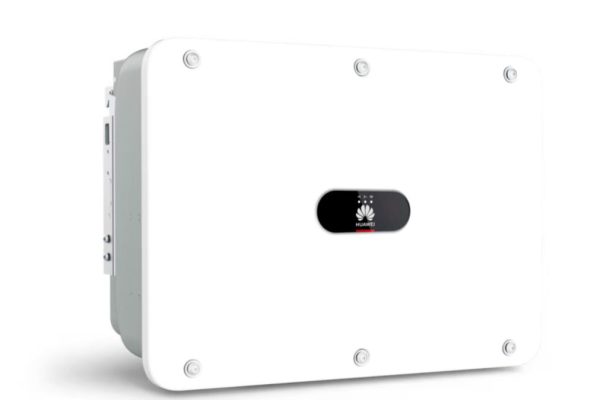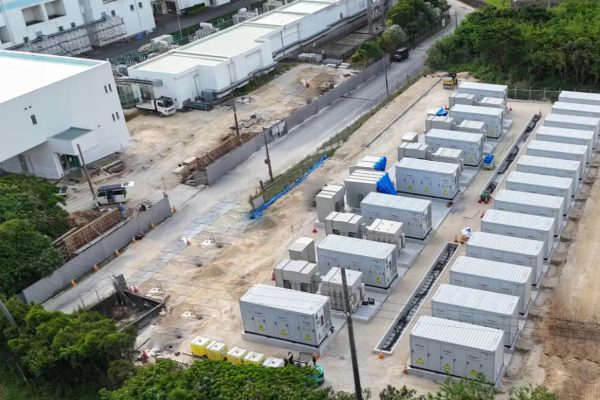A Practical Guide to Grow in the Energy Storage Market
As global demand for renewable energy and storage continues to surge, distributors and installers are seeking ready-to-sell, easy-to-install, and reliable Solar + Battery Kits.
These kits simplify the design and procurement process, allowing partners to serve more customers, reduce project risk, and accelerate market expansion.
In this article, we’ll explore how Solar + Battery Kits work, what technical elements they include, and how distributors and installers can use them to gain a competitive advantage in the fast-growing energy storage industry.
1. What Are Solar + Battery Kits?
A Solar + Battery Kit is a pre-engineered system package that combines:
- Solar PV modules
- Hybrid inverter (or off-grid inverter)
- Battery pack (LFP or NMC)
- Mounting accessories and wiring
- Monitoring system or EMS
These components are designed to work together seamlessly, saving time during installation, testing, and commissioning.
Depending on the target market, kits can range from 3kW home systems to 100kW commercial hybrid setups.
2. Why Distributors and Installers Love Pre-Configured Kits
✅ Simplified Procurement
Instead of sourcing each part separately, distributors can purchase a single, matched kit — reducing supply chain complexity.
✅ Faster Project Delivery
Installers can complete projects within hours or days, not weeks.
✅ Guaranteed Compatibility
Every component (inverter, battery, cables) is tested for performance and communication stability.
✅ Easier After-Sales Support
Standardized kits mean fewer compatibility issues, faster troubleshooting, and streamlined warranty claims.
✅ Higher Margins
Distributors can bundle kits with branded packaging, user manuals, and after-sales training — increasing value per sale.
3. Typical Kit Configurations
| Application | Typical Power | Battery Capacity | Inverter Type | Notes |
|---|---|---|---|---|
| Home Backup | 3–10 kW | 5–20 kWh | Hybrid | For residential load management |
| Small Business | 10–30 kW | 20–60 kWh | Hybrid / 3-Phase | For shops, offices, small factories |
| Industrial Support | 50–200 kW | 100–500 kWh | Parallel Hybrid | For load shifting or peak shaving |
| Telecom / Remote | 5–15 kW | 10–30 kWh | Off-Grid | Solar + Battery with optional diesel backup |
| Portable Systems | 1–5 kW | 2–10 kWh | All-in-One | For mobile or disaster relief applications |
4. Technical Components in the Kit
1️⃣ Solar Panels
High-efficiency monocrystalline or bifacial modules with 25-year performance warranty.
2️⃣ Hybrid Inverter
Supports both grid-tied and off-grid operation, with smart EMS functions.
Typical features:
- MPPT efficiency >99%
- AC/DC coupling
- Wi-Fi/GPRS monitoring
- Automatic transfer in <10ms
3️⃣ Battery Pack
Usually LiFePO₄ (LFP) chemistry for safety, long life, and stable temperature performance.
- 6000+ cycles @ 80% DoD
- Modular design (5–10 kWh per module)
- CAN/RS485 communication
4️⃣ Mounting System and Cables
Customized for roof, ground, or wall-mount installation.
5️⃣ EMS and Monitoring Platform
Mobile app + web portal for installers and end-users.
Provides:
- Real-time performance data
- Fault alerts
- Load and generation analysis
5. Key Selling Points for Distributors
🔹 Standardization
Ready-to-ship kits reduce technical uncertainty — perfect for scaling up distribution.
🔹 Inventory Flexibility
Stocking a few standardized kits allows fast delivery for most customers.
🔹 Brand Customization
Manufacturers often offer OEM options: logo printing, packaging design, and documentation branding.
🔹 Training and Support
Professional suppliers provide installation guides, videos, and remote technical assistance — critical for installer confidence.
🔹 Local Compliance
Kits can be certified to meet regional standards (UL, CE, IEC, SAA), helping distributors enter new markets quickly.
6. Benefits for Installers
✅ Plug-and-Play Installation
All major components are pre-configured — just connect and power up.
✅ Reduced Site Risks
Less chance of wiring errors or parameter mismatches.
✅ Time Savings
A 10 kW kit can be installed in one day with a 2–3 person team.
✅ Customer Satisfaction
Professional-looking, integrated systems with clear monitoring interfaces create a premium user experience.
7. Key Factors When Choosing Kits
- Battery Chemistry – LFP is preferred for safety and long life.
- Inverter Brand and Warranty – At least 5 years warranty and global technical support.
- Scalability – Ability to expand battery or PV capacity.
- Monitoring Integration – OEM platforms or cloud APIs for fleet management.
- Certification – Ensure compliance with your country’s standards.
- Packaging and Logistics – Pre-labeled, easy-to-handle crates reduce installation time.
💡 For professional buyers, always request a datasheet and connection diagram before ordering.
8. Example: 10 kW Hybrid Kit for Home + Small Business
Configuration:
- PV: 10 kWp mono modules
- Inverter: 10 kW hybrid (single-phase)
- Battery: 20 kWh LFP wall-mounted
- EMS: Wi-Fi + Cloud
- Mounting: Roof kit for 20 panels
Features:
- 85% self-consumption rate
- Backup output: 5 kW during grid outage
- Payback: 4–6 years in markets with high tariffs
Target Users:
Homeowners, restaurants, small shops
9. Marketing Tips for Distributors
- Create Tiered Kits: Offer 5kW, 10kW, and 20kW standard models to cover most residential and SME needs.
- Highlight ROI: Use real-world examples — “Save up to 40% on electricity bills.”
- Provide Training: Offer installation demos and webinars to build installer loyalty.
- Bundle Financing: Partner with banks or leasing firms to enable easy payment options.
- Leverage Social Proof: Share customer testimonials, photos, and case studies online.
10. Common Mistakes to Avoid
❌ Selling mismatched PV and inverter capacities
❌ Ignoring communication protocol compatibility (CAN, RS485)
❌ Underestimating cable or fuse requirements
❌ Not verifying certification for local grid standards
❌ Overpromising backup time without load analysis
11. Future Trends in Solar + Battery Kits
- Smart Plug-and-Play Kits: Integrated EMS with AI load prediction.
- Pre-Wired Cabinets: Fully assembled ESS cabinets ready for installation.
- DC-Coupled Systems: Higher efficiency and lower conversion losses.
- Modular Battery Systems: Stackable units for scalable capacity.
- Global OEM Branding: Manufacturers providing white-label kits for local distribution networks.
As demand grows, the kit business model will dominate residential and small C&I storage markets, empowering distributors to offer complete, cost-effective solutions.
Solar + Battery Kits represent the next stage of renewable energy distribution — combining simplicity, flexibility, and performance.
For distributors and installers, adopting kit-based solutions means:
✅ Faster sales cycles
✅ Lower technical risk
✅ Easier customer education
✅ Consistent after-sales service
By partnering with experienced manufacturers offering certified, modular, and scalable Solar + Battery Kits, you can strengthen your position in the global energy storage value chain — from residential rooftops to commercial buildings.









